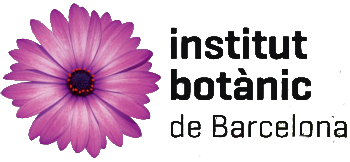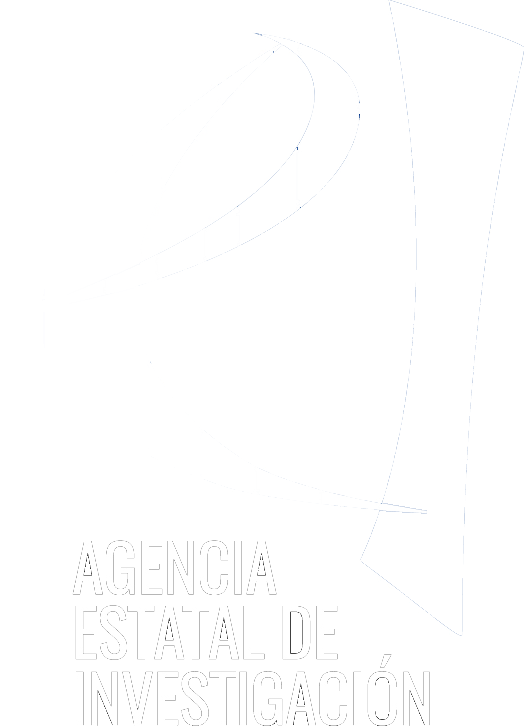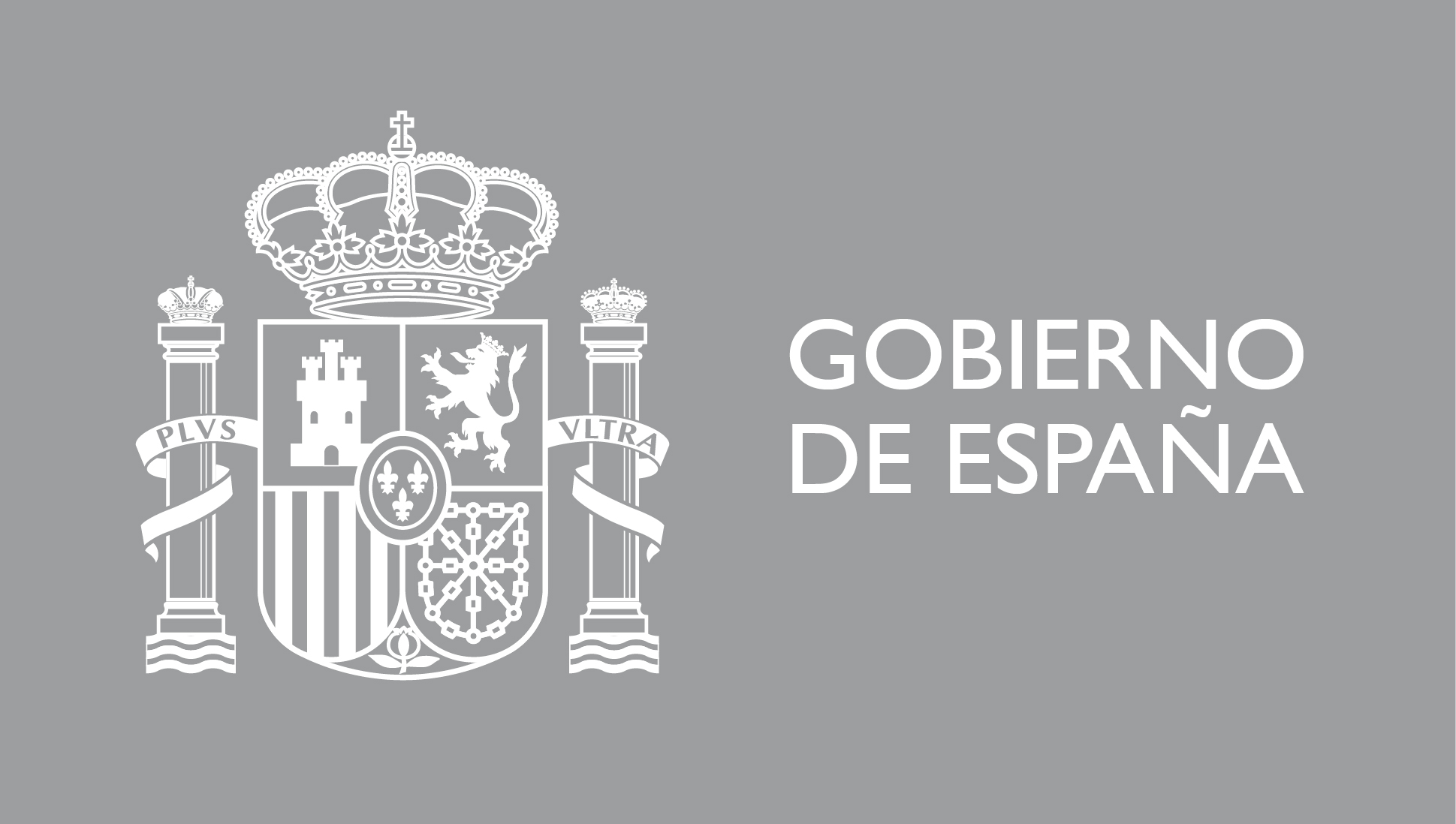Font i Quer Collection
Pius Font i Quer (Lleida, 1888 – Barcelona, 1964) was a botanist and pharmacist who carried out a considerable task of disseminating botany. The botanical surveys that he carried out throughout the Iberian Peninsula and the Spanish protectorate of Morocco meant an important incorporation of sheets into the BC herbarium, which were further used to draft works such as Flora dels Països Catalans or Flora iberica.
Aside from the important scientific task that he developed as a professor at the Universitat de Barcelona, Pius Font i Quer stands out for promoting the segregation of the botany department of the Museu de Ciències Naturals de Barcelona (MCNB) into a new autonomous entity: The Botanical Institute of Barcelona (IBB). This institution, created in 1934, sought to deepen the Catalan botanical heritage, study botanical collections and become a botanical research centre of excellence.
The Pius Font i Quer collection of the IBB has a volume of 29 document boxes (5m / l) that contain 1,105 documentary groups and 23,000 pages. The inventory and cataloguing of the collection ended in 2015 and, since then, the records can be consulted in the Catalogue of the CSIC Library and Archives Network.
- Botanical studies: lists of plant species, determination sheets, botanical notebooks and botanical studies.
- Original manuscripts of the first issues of the journals published by the IBB: Cavanillesia (1933–1938) and Collectanea Botanica (1948–1956).
- Organization and management administrative documents of the MCNB (1920–1924) and the IBB (1931–1939).
- Scientific correspondence that Pius Font i Quer maintained with individuals, organizations and national and international entities during the time he was in charge of the MCNB and IBB.
- Collection of photographs linked to written documents. They show landscapes and plant species observed during his botanical explorations in Catalonia, Spain and the Moroccan protectorate between 1927 and 1932. There are also illustrations and plant drawings. The photographs are divided into 20 boxes with 872 units of stereoscopic glass plates and 90 positives / negatives.













